Parkfield
Open all year
10 hectares in Potters Bar. 3 routes and 27 points of interest
Cedar of Lebanon
Feature Tree
Cedrus libani, origin South West Asia.
At over 200 years old (the original house was known as Cedar Lodge), this tree forms an impressive entrance to the park.
This Cedar is recognised by its flat, shelf-like foliage. In Turkey, they can grow to over 1000 years old. However, the soil is richer in the UK so the tree grows too quickly (over 40 metres) and can become top heavy and is at risk in storms. It is pollution resistant and has become a popular ornamental in parks. The cones take two years to ripen. The foliage colour can vary from dark green to grey blue.
Common Ash
Feature Tree
Fraxinus excelsior. Origin – Native
Tree Trail 24
The ash is an important timber tree. The light coloured wood is strong and hard wearing and used in furniture and hiome interiors. Did you know that the Vikings used ash to make their boats and weapons. The tree can reach a height of between 30-40 meters and is common on damp soils. Tiny flowers appear in April with a purple tint. Winged fruits called ‘keys’ develop in late summer and turn brown in autumn. It has distinctive black buds in winter.
Common Hornbeam
Feature Tree
Carpinus betulus. Origin – Native
Tree Trail 17
The hornbeam is often found in hedgerows and woodlands and can reach a height of between 19-30 metres. Because it is such a hard wood its timber is used for mallets, skittles and the moving parts in pianos. The tree flowers in MArch and the leaves turn bright yellow in Autumn. The bark is pale grey stripped with brown. As the bark ages it becomes ridged. The leaves are sharply pointed with a serrated edge.
Diamond Jubilee Cycleway
BMX Track
The cycleway was created along the main footpath in the park (starting at the Cedar of Lebanon tree and finishing at the Byng Drive entrance). This path is a useful link between eastern Potters Bar and the facilities/services on Darkes Lane, including the railway station, as well as to Ladbrooke Primary School on the edge of the park
The cycleway replaced the failing existing footpath and is constructed in tarmac to a width of 3 metres. It was constructed in two phases – phase 1 completed in March 2008 and phase 2 in March 2012. Local Potters Bar Councillors dedicated the Cycleway in honour of the Queens Diamond Jubilee in summer 2012.
Elder
Feature Tree
Sambucs nigra. Origin – Native
Tree Trail 21
The Elder is common in open woods, hedgerows and on waste ground and can grow to 10 metres. Clusters of flowers appear in June followed by berries in August and September, which are rich in Vitamin C. The berries and flowers are used in wine producing a potent brew. The distinctive bark is grooved and corky.
History of Parkfield House
Site of historical interest
Parkfield House was originally Georgian built with Victorian additions. A black and white photograph of the house shows a clock tower and stableyard archway. From discussions with the Potters Bar Historical Society, it is thought the location of the house was under the southern Parkside flats and it is likely to have faced on to the High Street.
When the house was pulled down it was noted that the original Georgian house with some Adam fireplaces was only one room thick with a corridor and small hall. The kitchen was north of the main building and was pulled down and a new building erected including a kitchen. The stable arch was original and very fine, being at least three feet thick.
Remnants from the house such as one of the gate finials are in the safe keeping of Potters Bar Museum.
The lakes show on old maps of the site dating back to 1837. It is thought that the main lake was a formal feature for the house.
Lake
Water Habitat
The lake and Japanese pond in Parkfield are 0.19 Ha in size and are linked by channels, including a waterfall, and an overflow to a culvert down to Byng Drive. These are fed from rainfall and surface water from the Service Road and Parkside flats. The aim is to maintain the water courses, using management techniques that will facilitate a balanced, healthy, disease and pest-free environment for plants, insects and other aquatic life.
Ornamental Pear
Feature Tree
Pyrus calleryana ‘Chanticleer’. Origin – introduced
Tree Trail 25
A tough and hardy tree which can reach a height of 12 meters and has a conical shape. It has glossy green leaves which turn red/purple in autumn and brown fruits. It is a useful tree in exposed areas. A beautiful sight in spring when it forms a pillar of white flowers.
Parkfield Statue
Artwork
Tree Trail 22
Made from Oak, this statue was carved in the early 1990s to commemorate the people of Potters Bar.
It is carved from a complete oak trunk and the figures depict all life that depends on a tree to live.
The sculpture is by a local artist who also designed the Caterpillar Column in King George Recreation Ground, Bushey
Pond
Water Habitat
The lake and Japanese pond in Parkfield are 0.19 Ha in area and are linked by channels, including a waterfall, and an overflow to a culvert down to Byng Drive. These are fed from rainfall and surface water from the Service Road and Parkside flats. The aim is to maintain the water courses, using management techniques that will facilitate a balanced, healthy, disease and pest-free environment for plants, insects and other aquatic life.
Potters Bar Tennis Club
Sports Court
Potters Bar Tennis Club formed in 1934 and lease a part of the park for their use
The Tennis Club is a thriving private club with membership available. The club is open all year round and members can compete in Winter and Summer league fixtures (Middlesex/Hertfordshire leagues). The courts are also open for pay and play for non-members at certain times.
The club can be contacted on email pbtennisweb@gmail.com. or www.pottersbartennis.net
Raised Planter
Plant Bed
The raised planter at the High Street entrance is under the ownership of Hertfordshire Highways although the Parks Section maintain the planter as it is integral to the park. A public consultation in 2005 asked whether the planter should be removed but 70% of respondents wished for it to be retained. As a result, the planter was planted with a mixture of phormiums, perennials and annual bedding
Seasonal Pond
Water Habitat
A naturally damp area amongst the grassland to the southwest of the site has been planted up with wetland species. This has provided a seasonal pond that has diversified the wetland habitat provision of Parkfield. Such ponds support a wide variety of insects and amphibians due to the absence of fish.
White Willow
Feature Tree
Salix alba. Origin – Native
Tree Trail 26
The willow grows wild on riversides and can reach a height of 25 metres. Catkins appear in late April to May. The white appearance comes from silky hairs on the leaves. The willow is a sacred tree – the term ‘knocking on wood’ comes from knocking on the willow tree to do away with evil and bring good luck. The salicylic acid in the bark and leaves is a source of aspirin.
Woodland – North
Woodland
Several areas of secondary woodland areas exist at the northeast of the site.
The North Woodland includes mainly oak and ash standards. The majority of these are located very close to one another and are competing for light. Beneath these, a native understorey includes a large number of hawthorns, many of which are now over mature. Two former glades are overgrown and beginning succession to woodland
Park Information
The Green Flag Award winning park contains a range of attractions including traditional meadows, a Japanese Garden, holly walk, remains of a Roman Tile Kiln, tree trail, Potters Bar Tennis Club, a lake, a pond with linking water channel, tree sculpture and a World War Two air raid shelter.
The park is crossed by two main paths, one of which is the Diamond Jubilee Cycleway, part of the borough’s greenway network.
Parkfield was acquired in 1934 having previously belonged to the Parker family, it was once part of a larger estate containing a house – which was later used as a nunnery, finally becoming a girls’ school before demolition in 1935-36.
On Site Facilities
- Car Park (Free)

- Car Park (Pay & Display)

- Disabled Access

- Dogs Welcome

- Pushchair Friendly Paths

How to get here
Parking:There are parking bays along Billy Lows Lane which are free outside of restrictions. Directions here
There are also pay and display parking bays of High Street by the main park entrance. Directions here
Alternatively, Salisbury Close Pay & Display car park is opposite the main entrance. Directions here
Public Transport Information:Further information on public transport is available here: www.intalink.org.uk and www.nationalrail.co.uk
Cycling:The Diamond Jubilee Cycleway goes through the park linking Darkes Lane and Potters Bar Train Station to the High Street

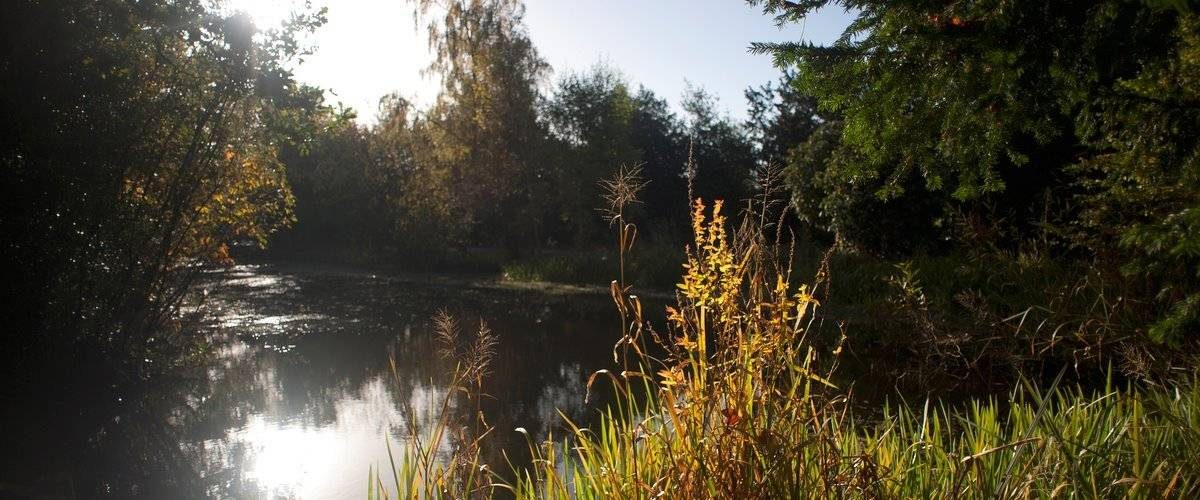
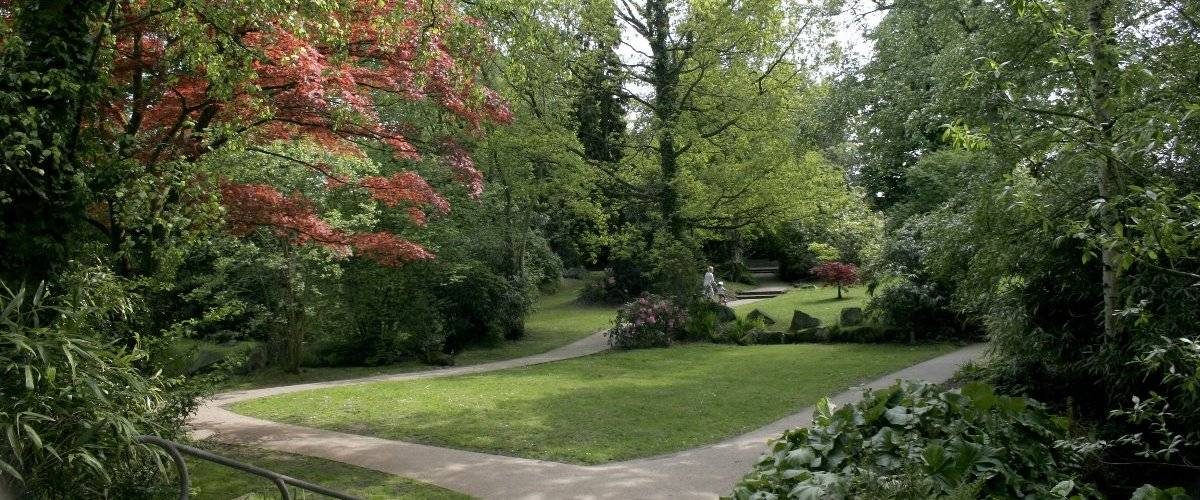
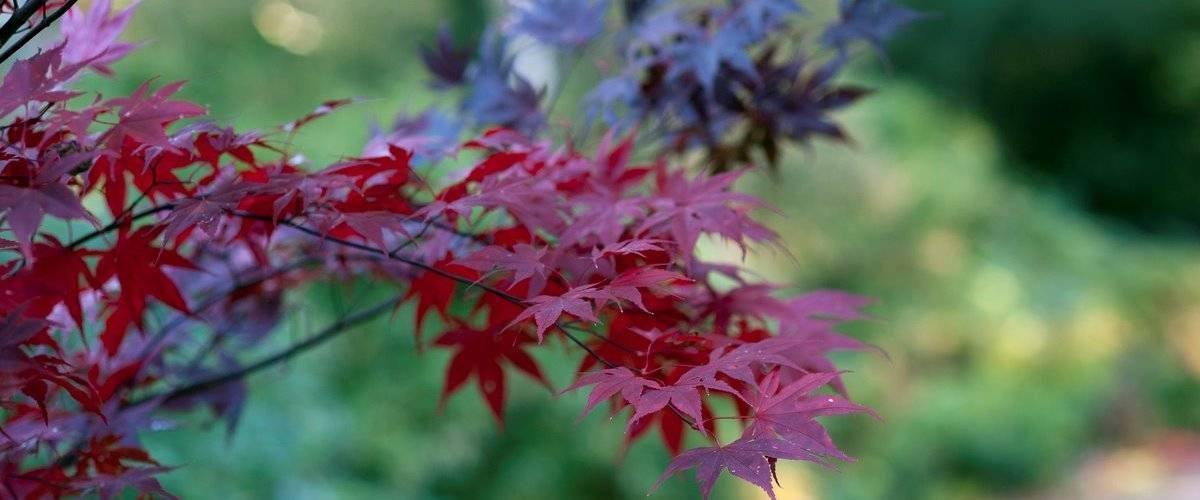
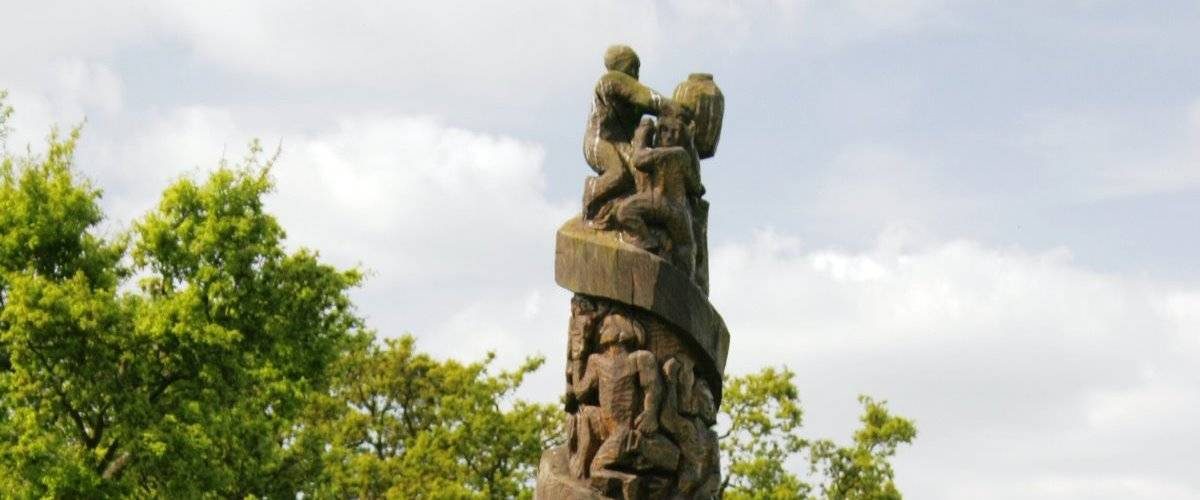
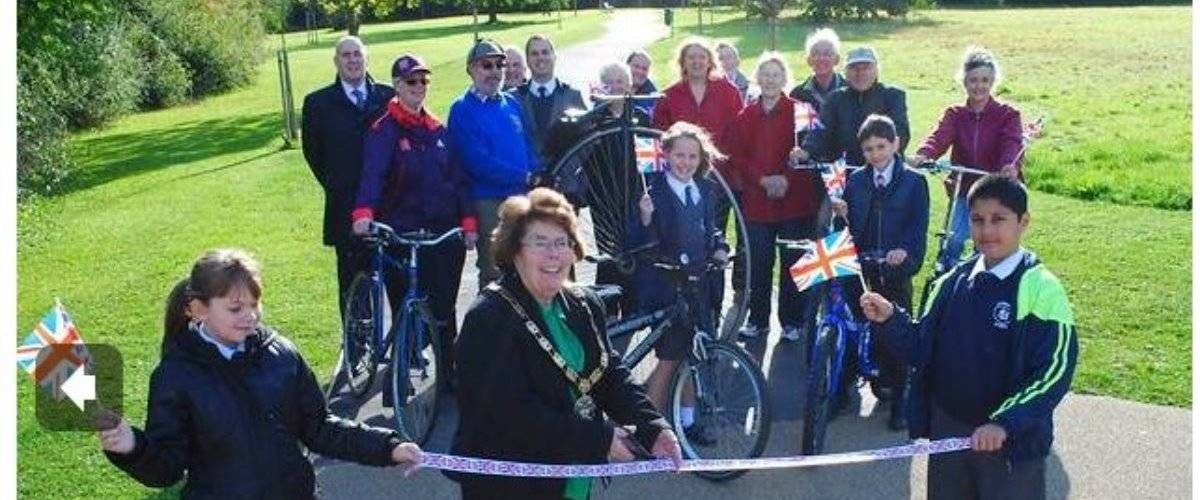

Share your experience
Tell your friends on social media about what you did at Parkfield: